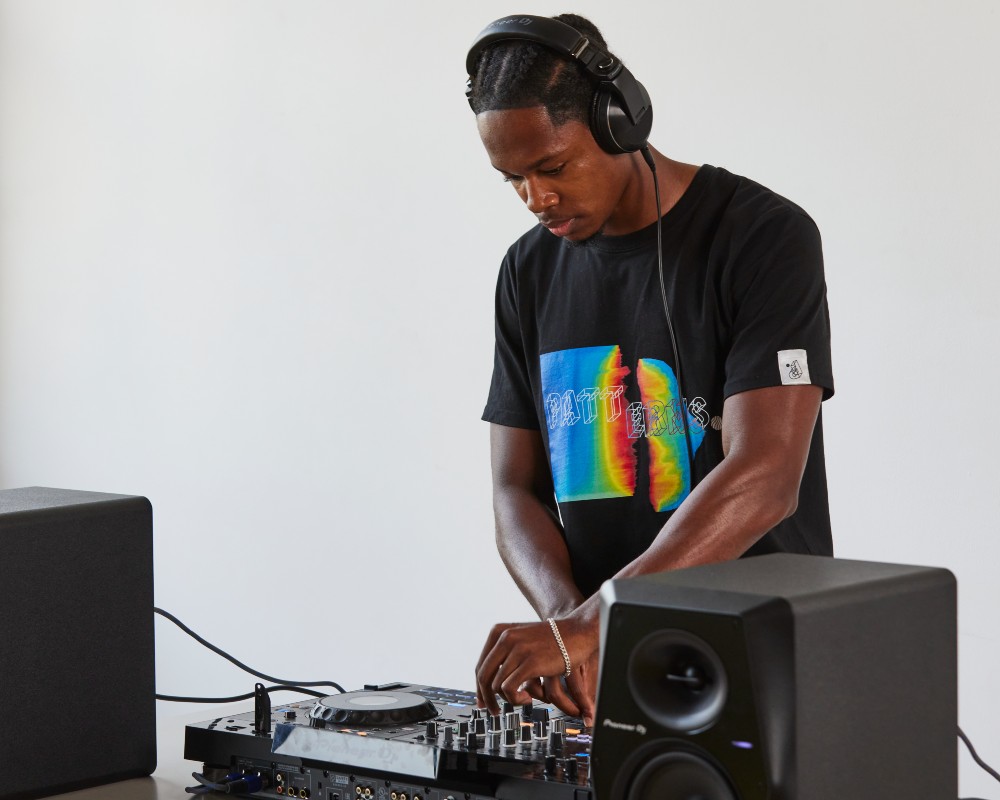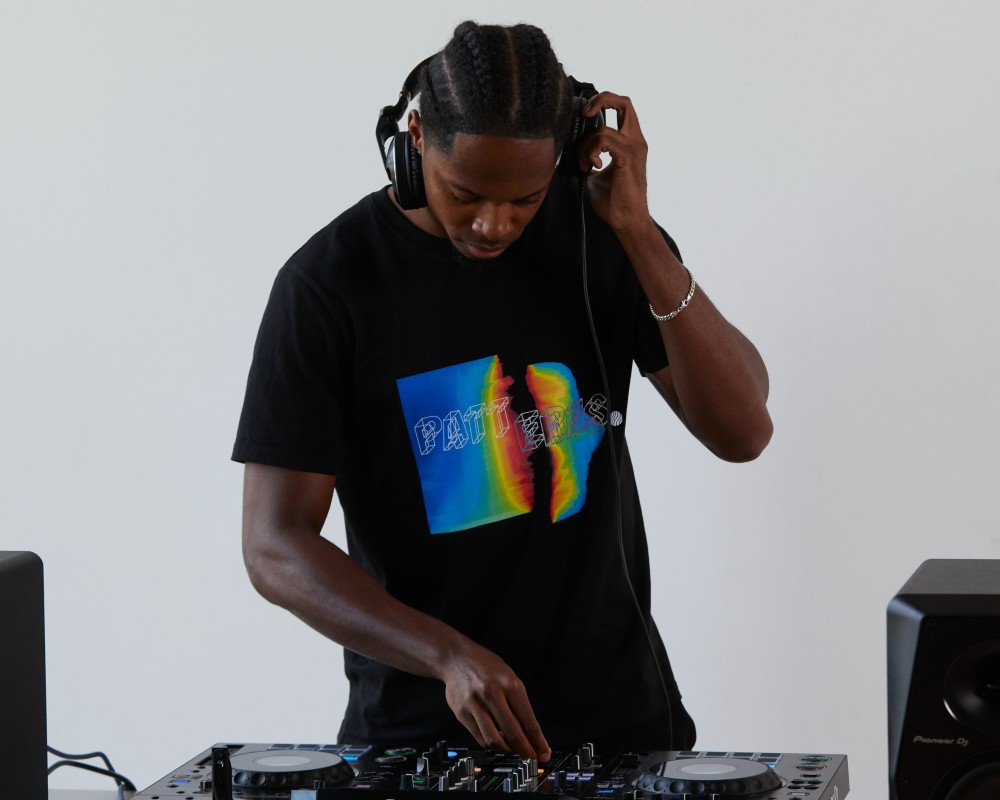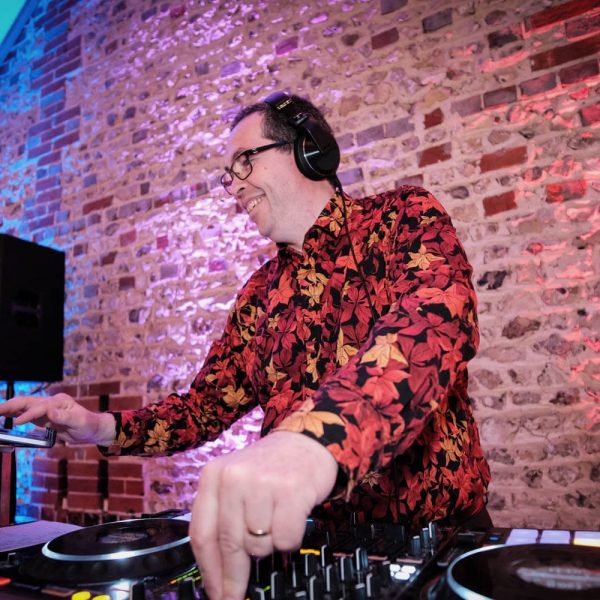Take time for finishing touches
No matter how good you feel about your final take, you’ll want to do a light edit after the fact. With a few simple editing techniques, you can elevate your mix to something you’re excited to show off.
The most basic thing you’ll want to clean up in virtually any recorded mix is the volume levels. As we said earlier, you want to record with your outputs safely out of the reds, but the finished product should be as loud as whatever the listener hears before or after it. Boosting the volume of the whole file in a DAW or audio editing software is a quick and easy solution.
You probably want to normalize your levels, too. Even if you kept an eye on your channels, there will likely be spikes and dips in volume somewhere in the mix, creating lulls or jumps in energy. This, too, is an easy fix, even if you’re inexperienced with audio editing. Whatever DAW you’re using, a quick YouTube search should make it quick to learn how to tweak the volume of a specific part of a file.
What we’re describing here is basically manual compression—the process of reducing the dynamic range of your mix to make it sound more cohesive. You can also do this automatically using plugins or built-in features on DAWs and other software. It’s good to proceed carefully here, though. Used correctly, compression technology can make your mix sound full, punchy and clean. But it can also drain some of the life from your mix (some dynamic range is still desirable, after all). If you do use some kind of software to compress your mix, compare how it sounds before and after to make sure the result sounds better overall.
This may seem controversial to some, but entry-level audio editing methods unlock another powerful option: stitching together parts of different takes. Purists may scoff, saying your mix should capture your abilities as they really are, without embellishing them—if a transition near the end went a little funny, either live with it or re-record the whole thing.
We won’t get into the nuances of that argument here. Suffice to say, it’s perfectly normal to record a mix and feel great about the whole thing… except one or two blends that made you wince a bit. You could re-record from the beginning just to get that part right. Or, you could record a new take, starting at some point near the section you’d like to change, get it to sound the way you want it, then swap that section into your original file. An easy way to do this is to choose a specific beat that’s easy to find—say, the beginning of the first bar at the beginning or end of a breakdown—and make that the point where you stitch your new take onto your old one.
Whether you allow yourself that kind of post-mix editing is a matter of personal style and, dare we say, philosophy, that’s completely up to you. Either way, it leads nicely into our final tip. But first…






